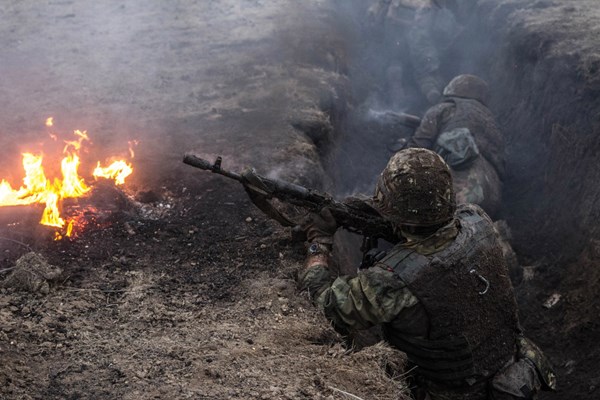Ukrainian forces withdraw from Avdiivka
Ukrainian forces have retreated from the devastated town of Avdiivka, announced the new Commander-in-Chief of the Armed Forces of Ukraine, Oleksandr Syrskyi. According to Kyiv, the troop withdrawal which was decided upon as Ukraine was facing a critical shortage of ammunition and American military aid was delayed in Congress for several months, was intended to save troops from being completely encircled by Russian forces after several months of fierce fighting.
"Given the operational situation that has evolved around Avdiivka, to avoid encirclement and to protect the lives and health of the military personnel, I made a decision to withdraw our units from the town and transition to defense at more advantageous positions," Syrskyi wrote. He stated that Ukrainian troops had "honorably fulfilled their duty" and inflicted "significant losses in personnel and equipment" on the Russian army. "The lives of service personnel are of the highest value. We will reclaim Avdiivka regardless," added Syrskyi.
During the Ukrainian units' withdrawal from Avdiivka in the Donetsk region, some soldiers were captured by Russian forces, reported the commander of the Operational-Strategic Grouping of Troops Tavriia, Oleksandr Tarnavskyi. According to him, the withdrawal of personnel from Avdiivka was carried out in line with a plan that had been developed taking into account various scenarios and the potential shift in operational conditions.
"Yet, during the final phase of the operation, under pressure from superior enemy forces, a number of Ukrainian servicemen were taken prisoner," added Tarnavskyi.
Avdiivka had been under Ukrainian control since 2014 and had been a fortified area near Donetsk. The withdrawal of Ukrainian troops from Avdiivka means that the Russian Armed Forces now control a stretch of paved road that served as a main supply artery for Ukrainian positions to the south, explained military analyst Kirill Mikhailov. "This will create logistical difficulties for Ukrainian forces, as the remaining supply routes are adapted only for high-mobility vehicles (including tracked ones), especially in the conditions of the above-freezing temperatures that are currently at the front," he said.
